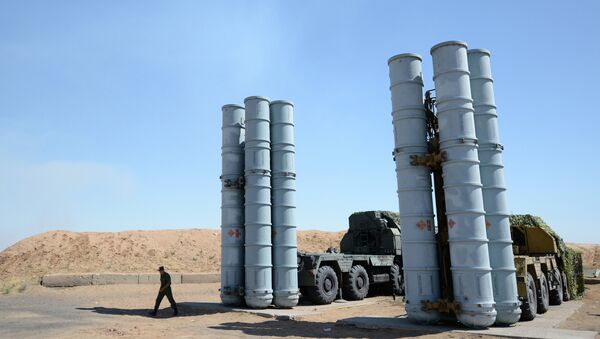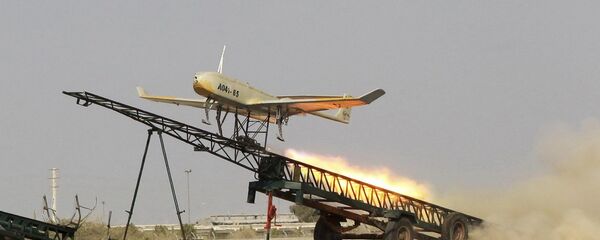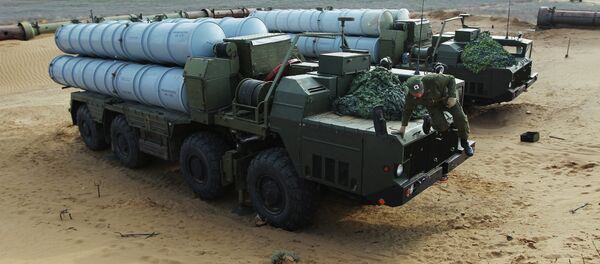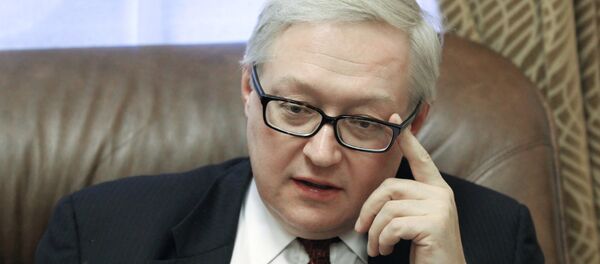Russia and the Islamic Republic of Iran began active military-technical cooperation in 1990. According to various sources, the former Soviet Union had delivered an estimated $733-890 million in weapons and military equipment to Iran by the end of 1990.
Bilateral military-technical cooperation was regulated by several inter-governmental agreements signed in 1989, 1990 and 1991.
Under these agreements, Moscow supplied Tehran with Mikoyan-Gurevich MiG-29 Fulcrum fighters and Sukhoi Su-24MK tactical bombers, SSK Kilo-class 877EKM diesel-electric submarines (including constructing housing and maintenance facilities) and S-200VE Vega-E surface-to-air missile (SAM) systems. Also, under the agreement, Iran manufactured T-72 tanks and BMP-2 infantry fighting vehicles under Russian license and direction.
In 1990, Iran received its first 14 MiG-29 warplanes. Aircraft deliveries to the country increased in 1991 and included 12 Su-24 bombers and 20 MiG-29/MiG-29UB fighters. In 1990-1991, Iran's MiG-29s received 350 R-27R and 576 R-60 air-to-air missiles. An additional six MiG-29/MiG-29UB were delivered to Iran in 1993-1994.
Between 1993 and 1997, Russia delivered approximately 120 BMP-2 infantry fighting vehicles and 800 9M111 anti-tank guided missiles. In 1992-1996, Iran received three SSK Kilo-class 877EKM diesel-electric submarines for which they paid a total of approximately $750 million.
In the early 1990s, average annual Russian arms and military equipment sales to Tehran were estimated to be about $500 million and constituted about 85 percent of all Russian exports to Iran.
On June 30, 1995, Russia signed a memorandum pledging that Moscow would refrain from signing any additional contracts for the delivery of conventional weapons to Iran. The memorandum also guaranteed the implementation of all existing contracts by late 1999. The document was signed by Russian Prime Minister Viktor Chernomyrdin and US Vice President Al Gore.
Russia was not able to implement every aspect of the signed contracts by the memorandum deadline of December 31, 1999, and, as a result, posted a $2-billion revenue shortfall. A further condition of the memorandum saw Russia cease delivery of spare parts and components for previously sold weapons and military equipment to Iran.
Reversing their decision, Russia in November 2000 officially notified the United States that it would annul the 1995 agreement effective December 1, 2000.
In October 2001, Russia and Iran signed a military-technical cooperation agreement during an official visit to Moscow by the Iranian Defense Minister. The document established a formal, legal framework for long-term weapons and military logistics cooperation between the two countries.
At the beginning of the new millennium, Iran was the fourth largest (6.1 percent) importer of military goods purchased from Russian state arms exporter Rosvooruzheniye, after China, India and the UAE.
In 2001-2002, Russia began to deliver ammunition and components for Iranian Air Force MiG-29 and Su-24MK aircraft. Also in 2001, Iran and Russian military equipment exporter Rosoboronexport signed a new contract for the purchase of 36 Mi-171SH helicopters. This contract was fulfilled in 2004.
Between 2000 and 2003 the Ulan-Ude Aircraft Plant delivered 27 civilian versions of the Mil Mi-171 military-transport helicopter to Iran.
In 2003, Russia delivered three Su-25UBK Frogfoot ground-attack aircraft to Iran. A contract for an additional three planes was signed in 2005.
In 2004, the Russian company Kurganmashzavod received about $60 million from Iran for 300 BMP-2 infantry fighting vehicles.
In early 2005, Russia delivered three more Mi-17 helicopters to Iran, purpose-built for medical service. That same year also saw delivery on a contract for Krasnopol-M guided artillery shells.
In late December 2006, Russia delivered 29 Tor-M1 SAM systems to Iran. In February 2007, Moscow completed delivery of 1,200 mobile 9M331 Tor missiles, along with all necessary accessories, tools and instrumentation.
Though officially unconfirmed, Rosoboronexport was said to have mediated the sale to Iran of 200 V-84MS tank engines, manufactured at the Chelyabinsk Tractor Plant, for about $200 million. The Iranian military reportedly planned to install the engines in its Zulfiqar main battle tanks. The Zulfiqar tank design is based on the Russian T-72C tank and manufactured in Iran under a Russian license.
In 2007, Russia agreed to deliver five S-300PMU-1/SA-20 Gargoyle SAM systems (40 launchers) to Iran in exchange at a price of about $800 million.
Military products banned under the UN Register of Conventional Arms cover almost every form of conventional weapon systems, including tanks, military armored vehicles, large-caliber artillery, warplanes, military helicopters, warships, missiles and missile systems. The ban also covers the spare parts, hardware and software required to maintain these weapons.
The UN Register of Conventional Arms did not ban the sale of small arms, field artillery and mortars with a caliber of less than 100 mm, transport helicopters, antiaircraft guns, radar systems, military vehicles and a number of other systems classed as "intermediate."
Russia currently has extremely limited sales of military products and services to Iran, as the latter's defense industry is stated to have attained self-sufficiency.
The Center for Analysis of World Arms Trade (CAWAT) estimates Russia has lost the opportunity to receive $11-13 billion in military-technical sales to Iran over the past several years. This sum would include delivery on contracts signed prior to the Tehran arms embargo. The estimate also takes into account missed profits relating to programs in the pipeline when weapons sales were terminated.
A Russian-Iranian contract for S-300 SAM systems was also annulled after the introduction of the anti-Iran sanctions.
In the wake of the canceled contracts, Iran sued Rosoboronexport at the OSCE Court of Conciliation and Arbitration in Geneva, Switzerland. The Russian defendants offered an amicable settlement, promising to deliver additional Tor-M1E SAM missile systems at a later, unspecified date.
In October 2011, Russia delivered a ground-based 1L222 Avtobaza radar-jamming station to Iran. This was the first officially recorded sale following the introduction of sanctions.
Currently, Russia has two important challenges to solve if it wants to sell weapons to Iran. First, it must persuade Tehran to retract its lawsuit from the OSCE Court of Conciliation and Arbitration in Geneva. Second, Iran must see the resolution of its nuclear issue by diplomatic means. Resolution of these two issues will make it possible to lift the UN Security Council sanctions on Iran, allowing a resumption of Russian arms sales and military assistance to the country.






